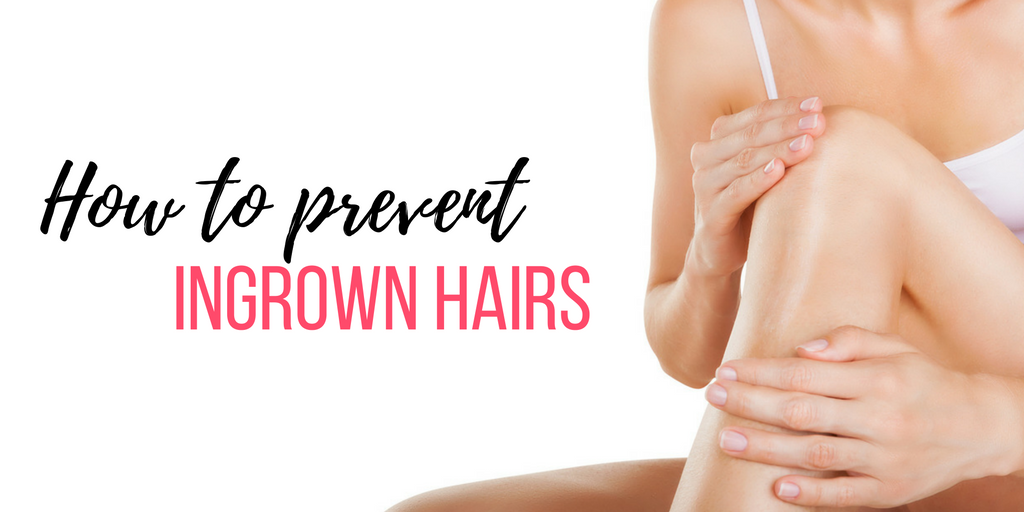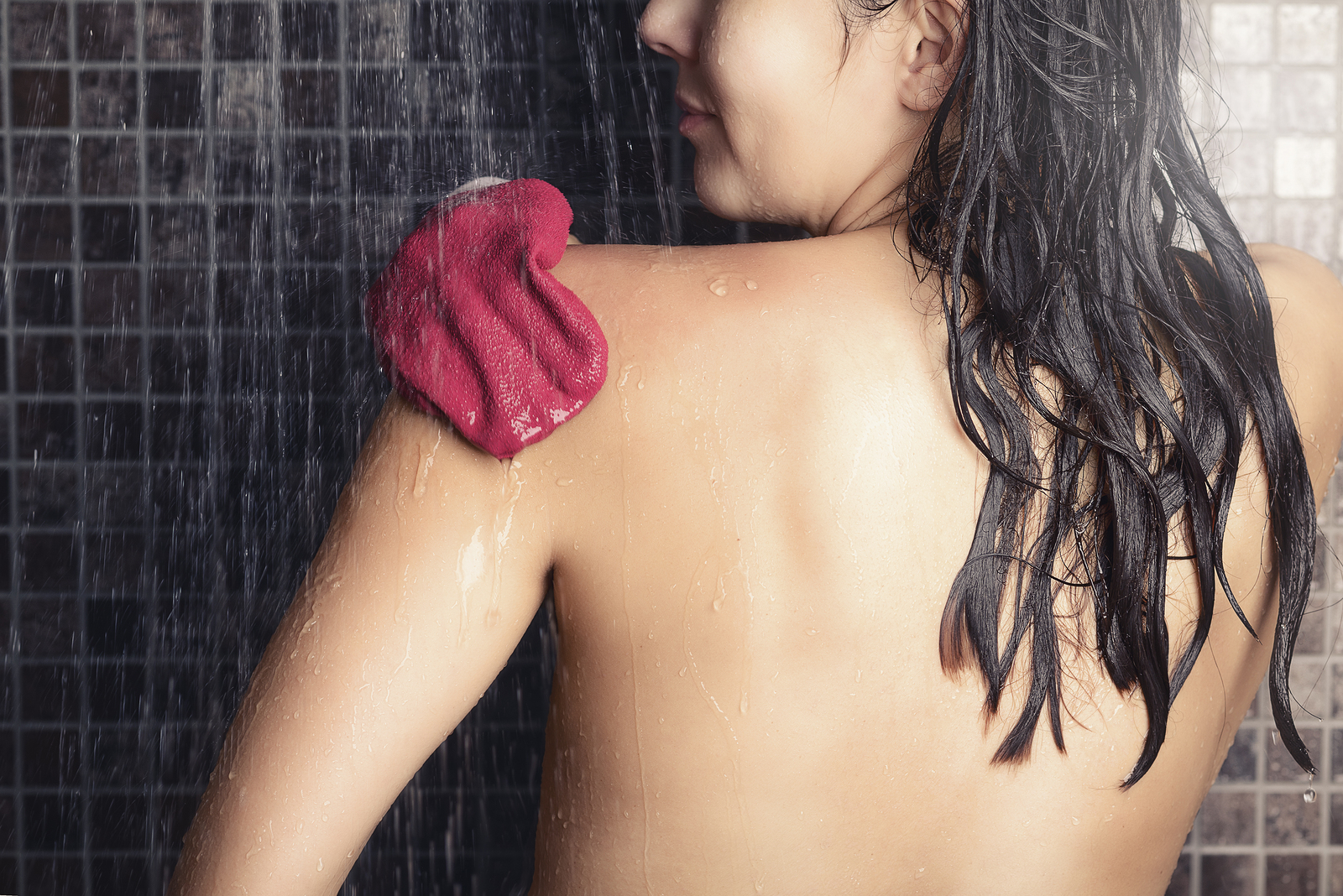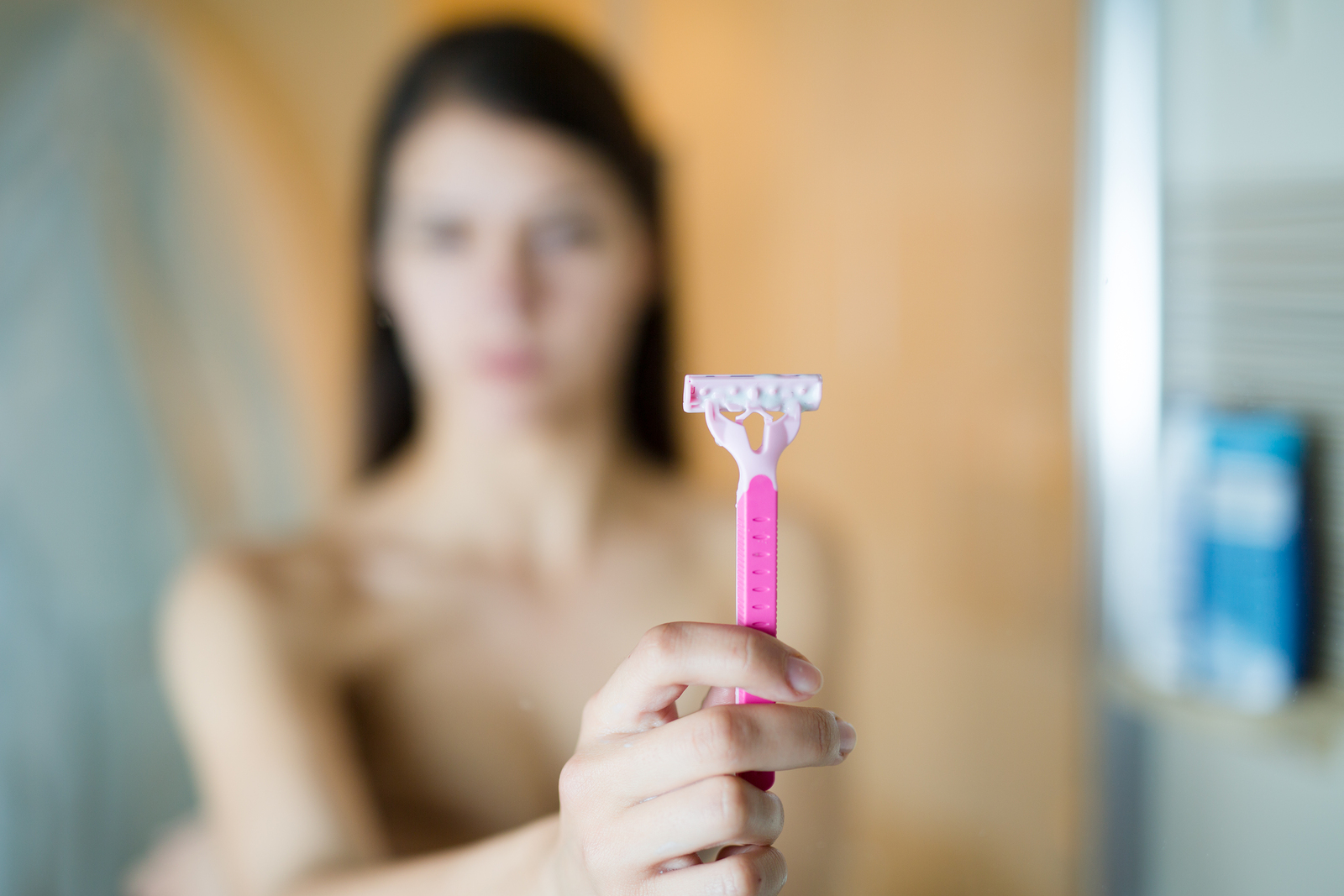If you’re anything like me, hair removal can be a real chore. Whether you’re shaving, waxing or using an epilator, the last thing you want to see are those pesky little red bumps popping up out of nowhere, ruining your silky smooth skin. So today we are going to talk about how to prevent ingrown hairs, what causes them and the best ways to treat them.
What are ingrown hairs?
Ingrown hairs are caused by hair that has curled back into the skin, forming a small red bump.
Although these bumps can be annoying, most of the time if you leave them they will go away on their own. Just remember not to pick, as this increases your chance of infection.
The risk of ingrown hair increases for people who have very coarse or curly hair. However, anyone that shaves, waxes or plucks their hair may develop them from time to time.
How to prevent ingrown hairs
The good news is there are several easy steps that you can take to prevent ingrown hairs from occurring.
1. Exfoliate your skin
Exfoliation is the process of removing dead skin cells from the top layer of your skin.
Not only does it make your skin look smooth and soft, it is a must for preventing ingrown hairs.
For best results always exfoliate before you wax or shave and then continue exfoliating once or twice a week to keep your skin looking at its best.
The easiest way to start exfoliating is to use an exfoliating glove or body scrub in the shower. These methods are inexpensive and gentle enough to be used daily.
2. Shaving tips
Shaving tends to cause ingrown hairs because after a fresh shave the cut hair has a sharper edge, which makes it easier for the hair to re-enter the skin.
Using proper shaving techniques combined with high-quality shaving products will go a long way in helping you to stop ingrown hairs from appearing.
The first rule of shaving is always shave with a sharp blade.
When shaving, make sure that you change your razor blades regularly and go with the direction of your hair growth.
Use a good moisturizing shaving cream to protect your skin and reduce irritation.
For best results, shave a few minutes into your shower. The hydration and warm water will help to soften your skin and hair. The cut hair will also have a duller tip, so it’s less likely to re-enter your skin.
3. Moisturize
After shaving or waxing, apply a moisturizing lotion mixed with a few drops of tea tree oil. Tea tree oil is an antibacterial that will help to keep your skin soft and also prevent inflammation and infection.
Continue to moisturize your skin regularly, even if your skin feels fine. When your skin is softer the hairs are able to grow out of your skin easier, which reduces the risk of ingrown hairs occurring.
4. Best hair removal methods for preventing ingrown hairs
If you’re still battling with ingrown hair, consider looking at other hair removal treatments such as depilatory creams, electrolysis or IPL hair removal.
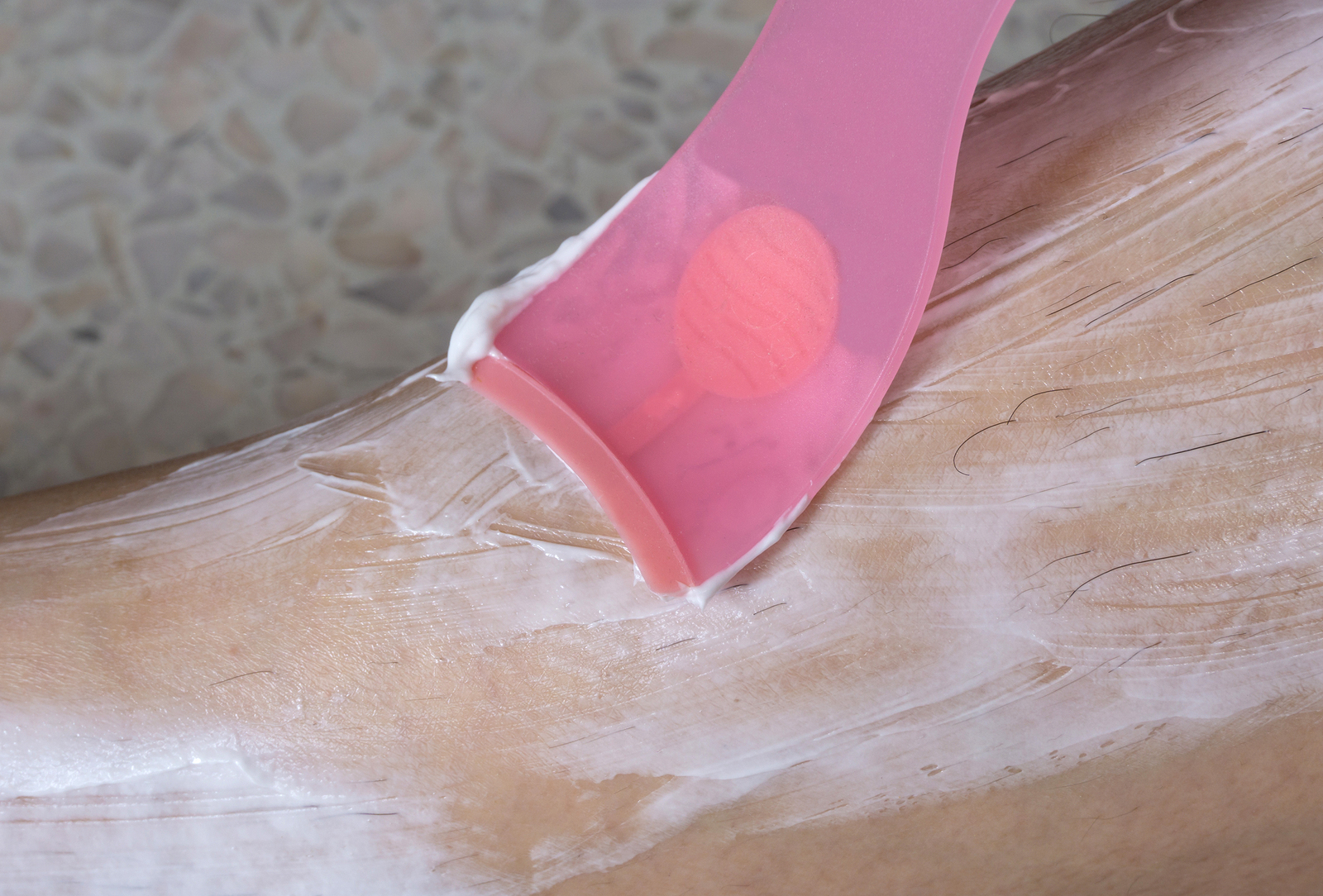 Depilatory cream
Depilatory cream
Depilatory creams work by breaking down the hair at the skin’s surface. Although this method is relatively simple and pain-free, the results will only last for a day or so before you will have to treat the area again. Another downside is that most of these products contain harsh chemicals that can cause skin irritation in some people.
Electrolysis
Electrolysis works by targeting and removing individual hairs on the body. An electric current is applied with a very fine needle that is inserted into the hair follicle to destroy the hair root. The hair is then removed with tweezers. Electrolysis is best left to the professionals, so treatment costs can quickly add up, especially when most procedures require anywhere between 15-30 sessions. Unlike laser or IPL hair removal, electrolysis is suitable for all hair and skin types.
IPL Hair Removal
IPL stands for ‘Intense Pulsed Light’ and works by targeting the melanin within the hair follicle, which disables the hair root from growing back. In order to see results, IPL hair removal requires regular treatments over the course of 3 to 6 months. IPL generally works best for people with darker hair and lighter skin tones.
Check out my guide to the Best At Home Laser and IPL Machines here.
How to treat ingrown hairs
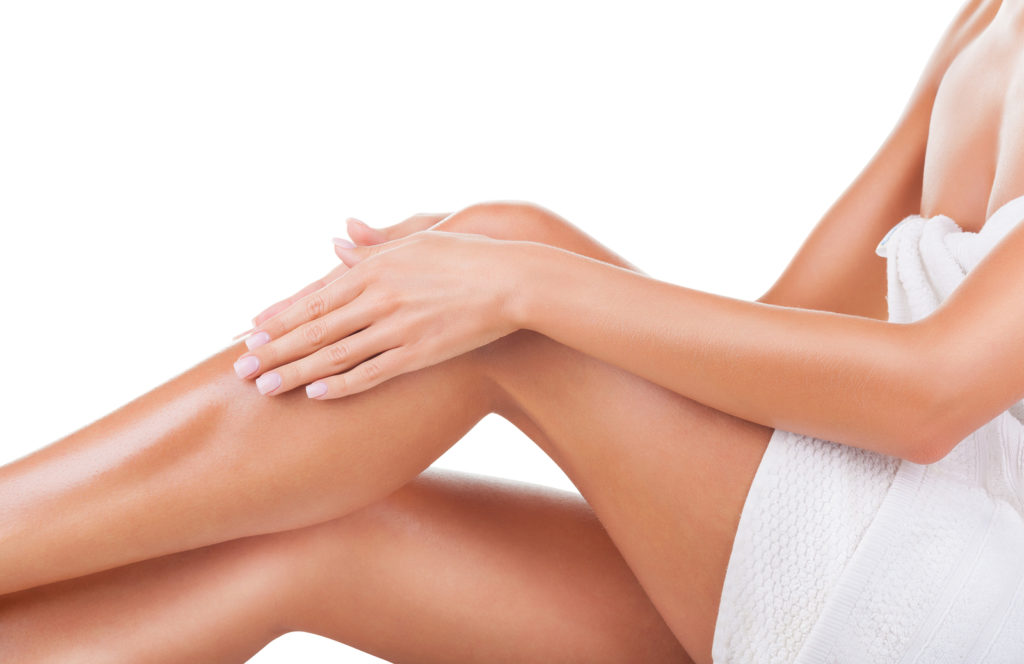
Use tweezers
Use sterile tweezers or a needle to gently lift out any hairs that are growing beneath the surface of the skin. To sterilize tweezers dip them in rubbing alcohol or run the ends through a naked flame.
After treating the area apply Witch Hazel to soothe the skin and prevent inflammation.
Use topical creams
Although exfoliating scrubs are a good preventative measure, they can cause more irritation if you already have ingrown hairs. Instead, use a chemical exfoliant containing glycolic acid or salicylic acid to treat ingrown hairs. Check out my article on the best ingrown hair products here.
Remember to use sunscreen after using products containing glycolic acid as it will make your skin more sensitive to sunlight.
When to seek medical treatment
There are some rare cases where an ingrown hair can become infected. Signs of infection include large bumps that are swollen and painful to touch. In this case, the best thing to do is to seek medical advice from your doctor.
I hope these tips help you to fight off and prevent ingrown hairs, leaving you with smooth skin all year round.

